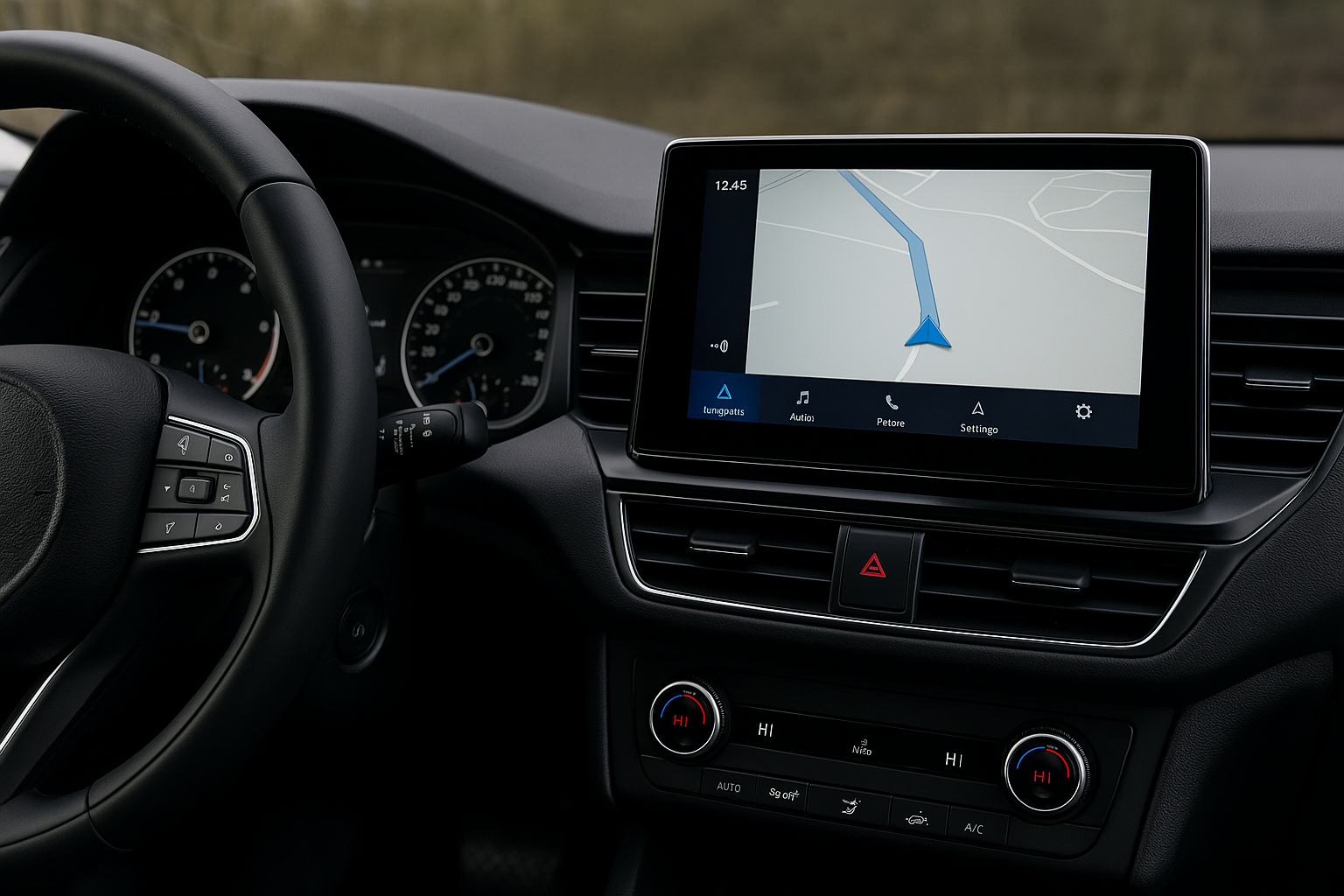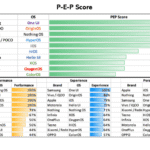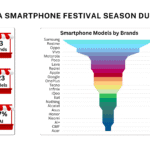
Have you ever thought about why airplane cockpits still have hundreds of buttons, knobs, and switches, even though, thanks to technology, all those features could easily be packed into a single touchscreen? Just like automakers are now doing in cars?
It’s not because aviation is behind the times. In fact, it’s the opposite.
Aircraft cockpits are designed with physical buttons because they offer tactile precision, redundancy, and immediate access. Pilots don’t need to take their eyes off the sky or the runway to operate essential controls, they simply rely on muscle memory. Each button has a defined position and feel. This allows for quick decision-making, especially in high-pressure situations where even a one-second delay can have serious consequences.
In aviation, safety comes before sleek and clean design. It’s never been about what “looks” futuristic, it’s always about what works reliably, every single time!
The Auto Industry Is Doing the Opposite
While aviation sticks to tried-and-tested tactile controls for safety, the auto industry seems to be doing the opposite.
Walk into any new car today, whether it’s a budget hatchback or a luxury SUV, and you’re likely to be greeted by a massive touchscreen at the center of the dashboard. Both homegrown and global players have jumped headfirst into the big touchscreen trend. Whether it’s a ₹7 lakh hatchback or a ₹30 lakh SUV, almost every new car now flaunts a screen in the middle.
And it’s not just for maps or music anymore. Even basic functions like fan speed have moved into submenus. And while it looks premium on brochures and showroom floors, in real-world Indian traffic, it’s anything but convenient.
Some cars that earlier had a neat mix of touch + tactile (like the previous-gen Hyundai Creta or Kia Seltos), are now completely removing physical buttons in newer facelifts. All in the name of “premium.”
Where Did It All Start?
The touchscreen obsession didn’t start in traditional auto circles. It began with a tech company building a car, not a car company adopting tech. Yes, we’re talking about Tesla.
When Tesla launched the Model S in 2012 with a giant 17-inch touchscreen slapped in the center console and almost no physical buttons, it blew everyone’s mind. It looked like the iPad met a luxury sedan and it worked. Tech enthusiasts loved it. Investors loved it. And soon, every automaker wanted to chase that same “futuristic” appeal.
In the US and Europe, Tesla’s minimalist interior design became the new benchmark. Touchscreens were no longer just infotainment systems—they became the primary UI for the entire vehicle. Legacy carmakers, fearing they’d look outdated, followed suit. Audi, Mercedes, BMW, Ford—everyone jumped on board.
Inconvenient and Unsafe
The problem with overusing screens in cars isn’t just about convenience. It’s about safety.
Multiple studies, especially from Europe and Sweden, have shown that drivers take twice as long to perform basic functions like adjusting the AC or changing music when using a touchscreen compared to physical buttons. In some tests, the average distraction time went up by more than 4 seconds. Now imagine you’re driving at 80 km/h, that’s enough time to travel the length of a big stadium without looking at the road.
In fact, in Europe, Euro NCAP is now penalizing vehicles that rely too heavily on touchscreens for critical driving functions. If your car buries basic controls behind multiple menus, it could get a lower safety score, even if it aces crash tests. Meanwhile in India, we don’t yet have touchscreen-specific safety mandates, but as we import more global models and adopt international safety norms like Bharat NCAP, this conversation is beginning to gain traction here too.
In response to consumer feedback and safety considerations, automakers like Hyundai and Volkswagen are reintroducing physical buttons alongside touchscreens to achieve a more user-friendly and safer driving experience.
Why Are Carmakers Still Doing It?
So why are automakers so obsessed with touchscreens, even when they’re clearly not the most practical or safest option? The short answer: money, marketing, and control.
Touchscreens are actually cheaper to manufacture than physical buttons. Buttons need individual components, wiring, durability testing, and precise placement, while a single slab of glass with software can replace dozens of controls, saving costs and simplifying production.
On top of that, big screens sell the illusion of premium tech. They look great in brochures and showrooms, tapping into that Apple-inspired minimalism that consumers now associate with luxury.
But beyond aesthetics, there’s a deeper strategy: control. When everything runs through software, carmakers can lock features behind paywalls. Some brands have already started experimenting with monthly subscriptions for things like heated seats, features that are physically built into the car but digitally restricted.
And of course, none of this would have taken off without the “Tesla effect.” Tesla’s screen-only interiors became the gold standard for what a futuristic car should look like. The problem is, what works in Silicon Valley doesn’t always work on Indian roads but that hasn’t stopped carmakers from chasing the trend anyway.
As automakers increasingly integrate vehicle functions into touchscreen interfaces, there’s a growing concern that physical buttons—once standard—may become premium features available only at an additional cost. This shift is part of a broader industry trend where manufacturers are exploring subscription-based models for various in-car functionalities. For instance, brands like BMW and Tesla have faced criticism for charging extra fees for features such as heated seats, despite these features being built into the vehicle. This approach is brilliant for carmakers to generate recurring revenue by locking certain hardware capabilities behind paywalls, however, consumers express frustration over this practice. It reflects a strategic move by automakers to monetize features that were traditionally included in the upfront cost of a vehicle.





